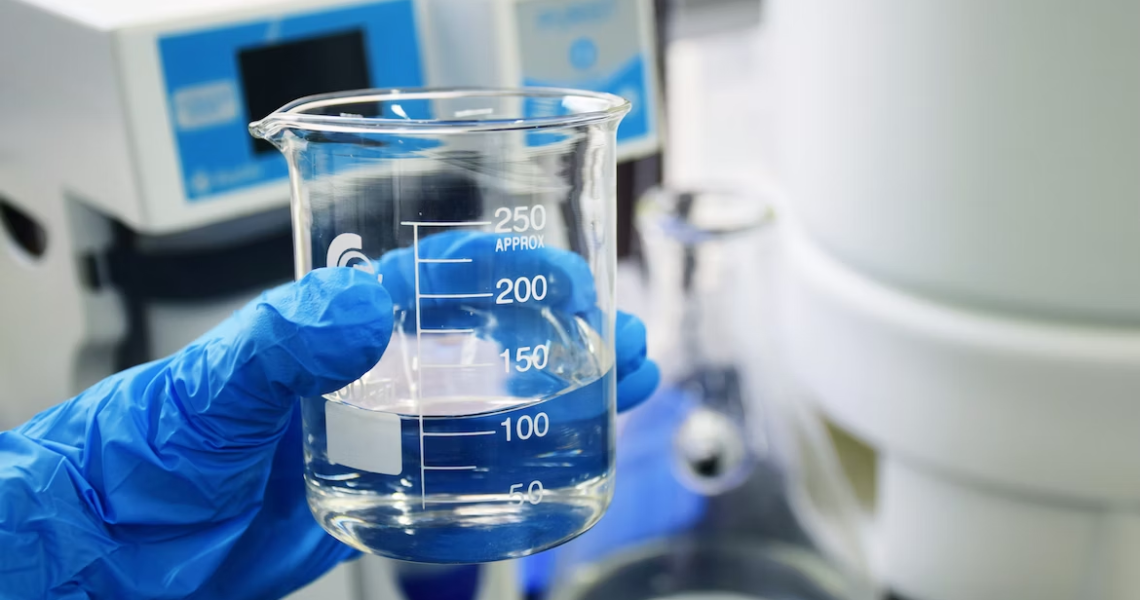Over the years, synthetic chemicals have disrupted the natural order. Chemical pollution has become a global peril that can be catastrophic to humanity’s survival.
For instance, the ocean has dead zones where the oxygen levels have depleted. As a result, it cannot sustain life. Similarly, the soil has microplastics that impact its biodiversity. Humans develop irreversible chronic diseases like cancer due to chemical pollution exposure.
In America, a legal battle is going on against chemical pollution. Approximately 45% of the country’s tap water contains harmful forever chemicals, or per-and polyfluorinated alkyl substances (PFAS).
These artificial elements have a composition that is impossible to break down. As a result, they stay in the environment for prolonged periods. In this blog, we will discuss the latest updates on the war against forever chemicals.
Events That Led Us Here
According to USA Today, the discovery of PFAS was accidental. In 1938, chemists created a slippery substance while working on refrigerants. DuPont used this in Teflon for their nonstick cookware in the 1940s. Moreover, 3M soon became a leading manufacturer of PFAS products like Scotchgard and aqueous film-forming foam (AFFF).
AFFF is a firefighting foam that’s effective in extinguishing uncontrollable Class B fuel fires. Therefore, the military and fire departments started using it. As of 2022, America had developed 12,000 forever chemicals with a carbon-fluorine structure.
PFAS was also present in water-resistant clothing. Over time, this forever chemical became widely used in dental floss, sofas, cosmetics, wrappers, pizza boxes, and more. Consumers happily used these products due to their effectiveness.
However, the usefulness facade soon faded as researchers linked these forever chemicals with chronic diseases. The toxicity of PFAS led to cancer, lymphomas, fertility issues, neurological problems, high blood pressure, and more. Additionally, PFAS was found in drinking water, oceans, air, animals, breast milk, and food.
In the 1990s, consumers became aware of PFAS’s harmful effects. The federal government stated that they found PFAS in the bloodstream of 98% of Americans. As a result, the legal battle to ban the use of PFAS became a reality.
The Legal Implications
People affected by PFAS exposure filed commercial product liability, environmental, and personal injury lawsuits. As of 2023, these became class action lawsuits based on consumer protection.
Farmers like Wilbur Tennant lost their livelihoods due to PFAS contamination. He lived adjacent to DuPont’s chemical plant. In 1998, 300 cows on his farm languished and died. Therefore, he blamed the company for contaminating the water in his discharge pipe.
In 1999, Tennant became the first to file a chemical pollution lawsuit due to PFAS contamination. After a legal battle lasting two years, Tennant won. The judge ordered DuPont to pay him an undisclosed settlement amount.
This legal proceeding brought in an avalanche of PFAS lawsuits. However, the PFAS legal battle gained popularity due to the AFFF lawsuit. Firefighters, airport workers, military personnel, AFFF manufacturers, and industrial workers filed this lawsuit. PFAS exposure affected these individuals the most because they worked with it daily.
They lost their quality of life and unknowingly passed on chronic diseases to their children. According to TorHoerman Law, plaintiffs with proper evidence are eligible for settlements between USD 40,000 and USD 300,000.
As of July 2023, there were 15,000 claims against chemical giants like DuPont, 3M, and Chemours. These companies have paid USD 11.5 billion in total damages for PFAS contamination. However, the legal industry believes the final settlement might exceed the USD 200 billion Big Tobacco lawsuit of the 1990s.
The Government’s Take on PFAS Exposure
The U.S. Environmental Protection Agency (EPA) created a ‘PFAS Strategic Roadmap’ to reduce PFAS exposure in 2021. It helps regulate the widespread health concerns due to PFAS contamination.
In March 2023, the EPA proposed limits on six PFAS in public drinking water. Based on this, the Maximum Contaminant Level (MCL) of certain PFAS became four units per trillion of water. The water providers have until 2026 to accurately comply with this level.
For this, the government has proposed USD 10 billion. This amount will help with the eradication of PFAS contamination. However, it might be insufficient for the entire nation. For instance, Minnesota estimated that it would cost up to USD 28 billion to remove PFAS from the water supply.
The Biden administration also proposed a new National Primary Drinking Water Regulation (NPDWR) in 2023. Based on this, there will be enforceable legal limits on PFAS in drinking water. As a result, the public water systems will require regular monitoring to reduce chemical levels. Some believe this to be a win for public infrastructure and health.
The Bottom Line
The scientific community disagrees over the duration and exposure levels required for PFAS to be considered dangerous. However, the federal government cannot ignore the health concerns linked to PFAS contamination.
Today, thousands of pending lawsuits have yet to go to trial. These cases have turned into multidistrict litigation (MDL). That means all PFAS-related claims will have a consistent ruling.
The plaintiffs are certain that the jury will find the chemical giants responsible. States have started to ban and limit the use of PFAS in consumer products. Moreover, AFFF has been phased out of production and replaced with C6 firefighting foam.





